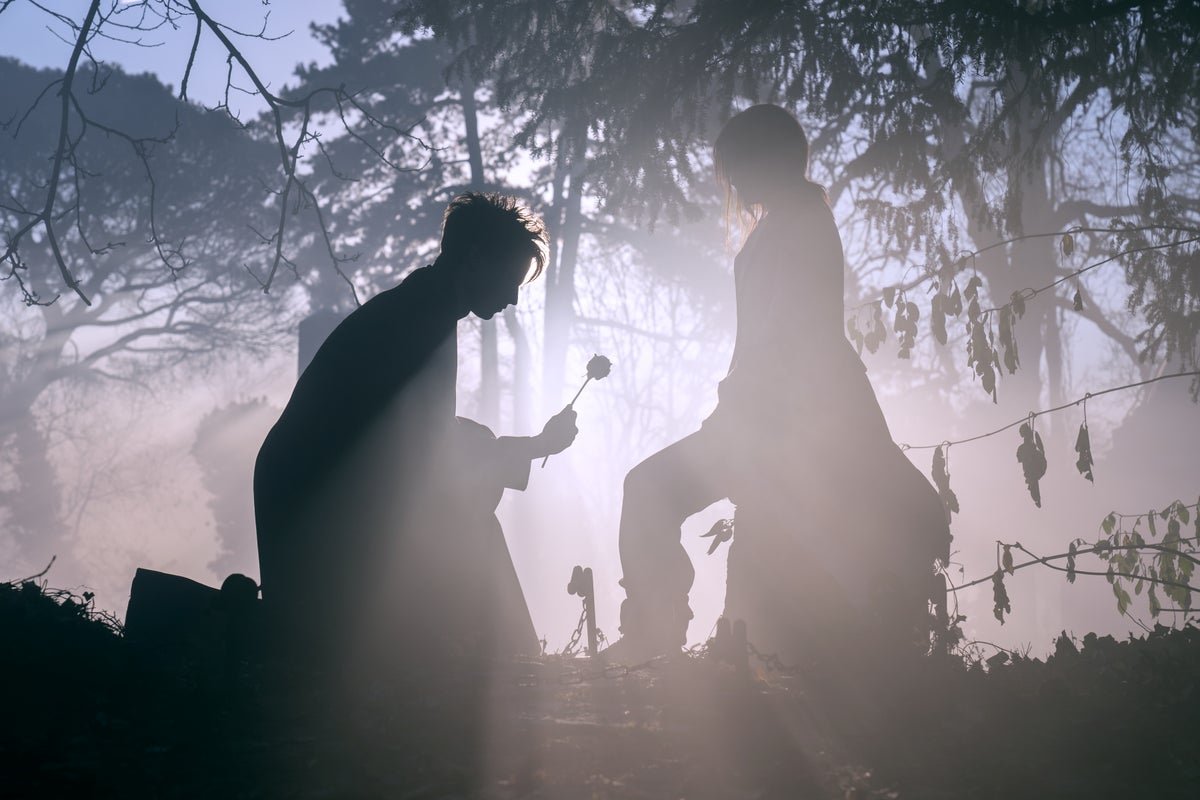
The Complex Web of Art and Artists
In a world saturated with media, the lines between art and the artists who create it have become increasingly blurred. The recent allegations against Neil Gaiman, the acclaimed author of *The Sandman*, highlight a recurring dilemma: Can we separate the art from the artist when the artist is accused of causing harm? This question isn’t new, but it gains urgency as we navigate a landscape where powerful creators sometimes seem to operate with impunity. The complexities of this issue are further amplified when considering the collaborative nature of modern media, where numerous individuals and financial interests intertwine with a single creative work. This is not merely an academic debate; it’s a moral reckoning that impacts how we consume and support the art we love. Why does this matter? Because our choices – both financial and temporal – shape the culture we consume. Every click, every ticket purchase, every stream sends a message about the kind of cultural production we endorse.
The controversy surrounding Gaiman’s alleged actions and the subsequent second season of *The Sandman* throws this dilemma into sharp relief. When allegations of abuse surface, how do we reconcile our enjoyment of the work with the actions of the creator? This isn’t a simple equation; there are nuances and degrees of separation to consider. The many actors and crew members that made the show are just one factor. This is a tangled web where artistic creations, the reputations of the artists, and the livelihoods of countless others are at stake. The decision to air a show, even after accusations, is a tightrope walk fraught with ethical and financial implications. Where do we draw the line when the potential impact on a creative team is considered?
The Ripple Effect: Impact on Viewers and Creators
The implications of these choices are not limited to the creators themselves. When we engage with art tied to an accused artist, we send a message, directly or indirectly. This can affect how others perceive the situation, how the artist’s reputation is managed, and even how future projects are greenlit. For Gaiman’s accusers, the experience of seeing work associated with him celebrated after their allegations could be deeply painful. For others, the boundary might depend on the content of the art itself and its relationship to the artist’s actions. Our reactions are also complex. Some people may choose to boycott certain artists, while others may continue to consume their work, compartmentalizing the artist’s actions from the art itself. This dissonance is a frequent feature of this particular cultural landscape. The complexities of this landscape challenge us to carefully consider our own values, as well as the potential impact of our decisions.
The Financial Footprint: Following the Money
A crucial aspect of this ethical debate is the financial element. Where does the money go? Who benefits? In the case of *Harry Potter*, for example, the financial stakes are enormous, with the author, JK Rowling, still profiting immensely. Buying a ticket or streaming a show can directly contribute to the artist’s income, making it a more significant endorsement than simply revisiting an older work. This is the core of what is meant by ‘voting’ with our time and attention. Our actions have real-world consequences. Therefore, understanding where the money flows is critical to making informed decisions about the art we consume. The more we consume media that funds those we disagree with, the more we are allowing their voices to take hold. It also affects what can be done in the future to prevent similar actions, or speak out against injustice.
The ubiquity of this issue grows as industries rely on reboots and adaptations. The past is full of skeletons, as the saying goes. The number of media franchises free from these questions is dwindling. With streaming services, producers interpret our choices as votes for their work. The choices we make regarding the art we consume impact the future of cultural production. This is why it’s important to vote with our time and attention.
Conclusion: Making Informed Choices
Ultimately, navigating this ethical landscape requires a thoughtful, case-by-case approach. There are no easy answers, but the questions themselves are important. When faced with art connected to artists accused of harm, we are asked to consider a number of things: The nature of the allegations, the degrees of separation between the artist and the work, and, perhaps most importantly, our own values. The dilemma is not a new one, nor is it easy to resolve. However, our awareness of the issues and our willingness to engage with the complexities are crucial. By critically examining the artists behind the art and the financial implications of our choices, we can make informed decisions that align with our values and contribute to a cultural landscape that fosters accountability and ethical production. The choices are not always easy, but as viewers, we have agency, and our actions speak louder than words.